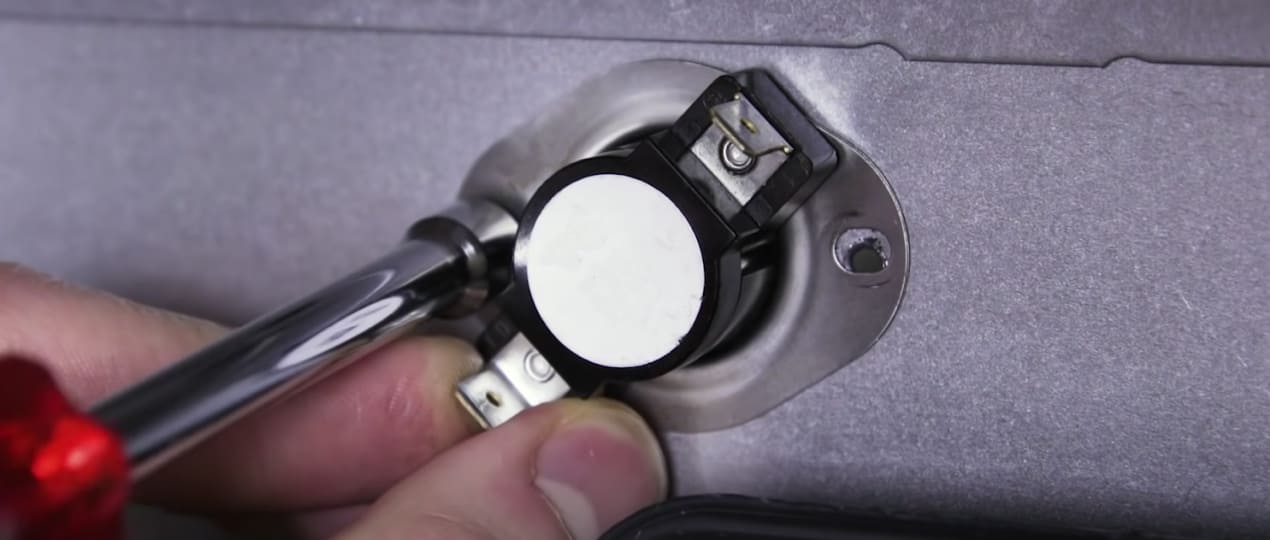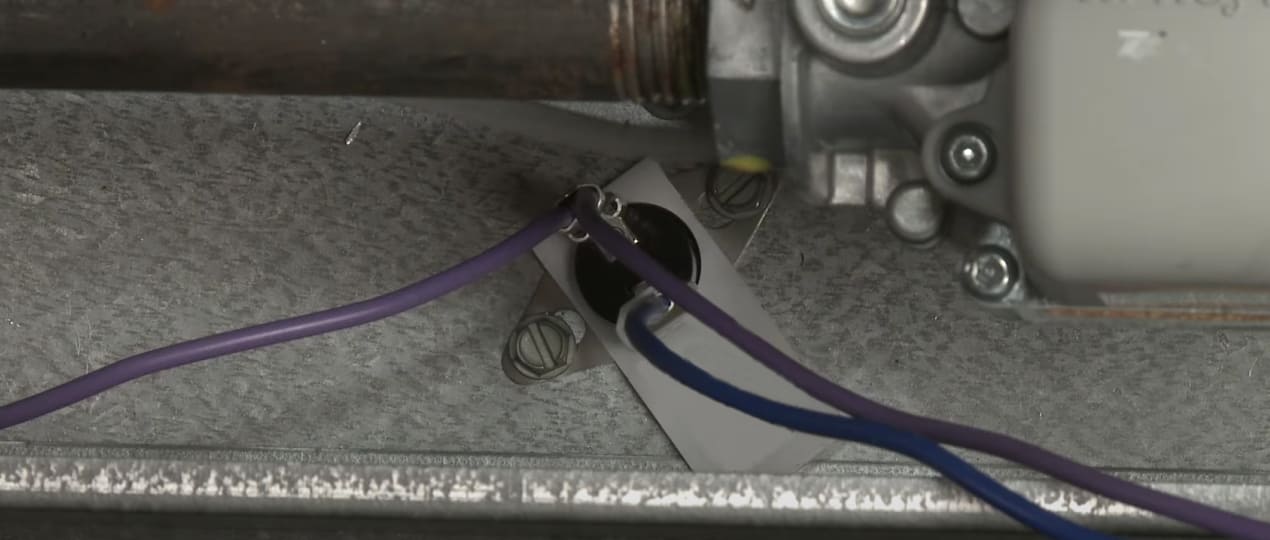
In nowadays systems, confirming that every segment operates flawlessly is paramount for both safety and energy workability. A fundamental assembly in these systems is the limit switch, which prevents over-warming and possible hazards. Every aspect of operation is examined, with emphasis on clear, methodical steps that even novice homeowners can recognize. Let’s integrate industry best practices and real-world insights from Superior HVAC Service to warrant you receive the most reliable information.
What is a furnace limit switch?
A limit switch is an integral safeguarding mechanism in heating systems that tracks the temperature inside the furnace and shuts the system down if they exceed safe levels. At this point, Superior HVAC Service reminds you that experienced assistance can further enhance system performance.
A technical detail such as how to check furnace limit switch guarantees comprehensive coverage. It is evident that this part plays an indispensable role in the preservation and longevity of heating systems. With robust technology behind it, even subtle issues can be diagnosed early on, enhancing overall home comfort.
What does a furnace limit switch do?

These things are a linchpin in the safe operation of heating systems. Their primary function is to monitor internal temperatures and confirm that the system does not operate under unsafe thermal conditions. By continuously checking the operating environment, they prevent potential fire hazards and mechanical damage.
The following list outlines the key advantages and functions:
- Enhanced security measures Instantly cuts off the system to avoid thermal overload. It reduces the risk of severe damage and extends the overall lifespan of the equipment.
- Energy workability Verifies optimal performance by preventing energy loss. The technology optimizes power distribution, ensuring that no unnecessary energy is wasted.
- Early fault detection Smart diagnostic tools analyze system performance in real-time, identifying irregularities before they develop into major issues. Homeowners receive timely alerts about potential malfunctions.
- Reduced repair costs Minimizes damage and subsequent expensive repairs. It lowers the likelihood of expensive repairs and emergency service calls.
- Prolonged system life Maintains consistent performance through effective control. It extends the equipment’s longevity and maximizes return on investment.
These advantages highlight the critical nature of maintaining comfort and operational efficiency. A well-maintained system not only secures your home but also optimizes energy consumption.
What are the symptoms of a bad limit switch on your furnace?
Over time, it may exhibit signs of wear or malfunction, which can sacrifice the entire heating system. Common indicators include irregular shutdowns, inconsistent heating, or failure to respond during spikes.
Consider the following list of symptoms of a bad limit switch on your furnace:
- Unusual system shutdowns If the furnace unexpectedly turns off without warning, it could indicate an underlying issue such as overheating, electrical malfunctions, or sensor failures.
- Inconsistent heating patterns Uneven temperature distribution throughout the home can point to airflow restrictions, malfunctioning thermostats, or deteriorating furnace components.
- Visible wear or damage Signs of physical deterioration, such as rust, cracks, or corrosion on furnace components, suggest aging or exposure to moisture.
- Abnormal noises Unusual sounds like banging, rattling, or whistling coming from the furnace often indicate mechanical issues, such as loose parts, worn-out bearings, or airflow obstructions.
- Frequent error codes If the furnace’s digital display repeatedly shows fault messages or error codes, it is a sign of potential system malfunctions, sensor inaccuracies, or electrical failures.
The presence of these symptoms should prompt an immediate review. Proactive preservation is essential for warranting trustworthiness and sustained performance.
How to test a furnace limit switch in 5 easy steps?
If you suspect that the limit switch is faulty, testing it properly is crucial before deciding to replace it. Here’s a step-by-step guide to help you test a furnace limit switch.
- Turn off power to the furnace Always turn off the power to the furnace at the breaker box. This step is crucial to ensure your safety while working on the system.
- Locate the furnace limit switch The limit switch is usually located near the furnace burner. It’s typically attached to the furnace’s blower housing. Refer to the furnace manual to pinpoint the exact location.
- Remove the limit switch After locating the part, you’ll likely need to remove it. Use a screwdriver to unscrew any screws holding the switch in place. Carefully detach any wires connected to the switch.
- Use a multimeter to test continuity With the limit switch removed, you can test it using a multimeter. Set the multimeter to the lowest setting for continuity testing. Place the multimeter probes on the switch terminals. If the switch is working correctly, you should get a reading that indicates continuity. If there’s no continuity, the switch is likely faulty and needs to be replaced.
- Inspect for physical damage While the switch is removed, visually inspect it for any signs of physical damage, wear, or corrosion. If you see any obvious issues, such as broken parts or burn marks, it’s time to replace the switch.
How to replace a furnace limit switch?

Replacing is a detailed process that requires careful attention to well-being protocols and precise technical execution. Begin by disconnecting the furnace from its power source and thoroughly inspecting the existing switch for visible damage or wear.
Superior HVAC Service recommends that homeowners consult a professional if any uncertainties arise during this process. Additionally, every section of this guide includes reminders such as how to test a limit switch on a furnace for a thorough diagnostic approach.
Step-by-step instructions offer clarity and assurance during the process:
- Ensure safety Before performing any upkeep, guarantee complete safety by shutting off the power to the furnace. It prevents electrical hazards and allows for secure handling of internal parts.
- Detach the access panel Carefully detach the furnace’s access panel to gain visibility into the internal components. Identify the faulty switch, wiring issues, or any signs of damage that may be causing the malfunction.
- Remove the faulty switch Gently remove the switch while avoiding damage to nearby components. Use a dry cloth or appropriate cleaning tools to remove dust, debris, or corrosion from the installation area.
- Install a new part Position the new switch in place, ensuring all electrical connections are properly aligned and firmly secured. Double-check each connection before restoring power.
Following these steps will help maintain your operational integrity while minimizing risks during the process.
Choosing the right replacement part
Selecting the appropriate part is critical for longevity and resourcefulness. When choosing a new device, consider compatibility with your model, the operational temperature range, and the quality of materials used. A high-quality switch will offer reliable performance and withstand the rigors of repeated fluctuations. Verify that the compound is certified and matches the original specifications precisely.
How to prevent future limit switch failures?
Preventative continuity is the cornerstone of long-term efficiency. Regular inspections and timely servicing can help identify early signs of wear or malfunction, thereby preventing potential failures. It is essential to maintain a routine check-up schedule and follow manufacturer guidelines for the optimal performance.
Simple tasks, such as cleaning an area, warranting unobstructed airflow, and verifying sensor accuracy, can make a significant difference in overall security. Periodic testing can identify deviations from normal operating conditions before they escalate into more meaningful problems.
Conclusion: furnace limit switch troubleshooting
The careful diagnosis and substitute are critical tasks that ensure both the defense and capability of your heating system. We have been covering every aspect, from perception of the functions and types to step-by-step alternative procedures and preventative upkeep tips. Remember, accurate troubleshooting and timely intervention, such as knowing how to check high limit switch on furnace, are paramount for great performance. Additionally, insights on such a process further reinforce the weight of regular checkups and professional guidance. In case such issues happen, reach out specialists from Superior HVAC Service, who can help you to solve such troubles and prepare system for smooth operating.
REFERENCES
Anzai, K. K., Fedor, E., & Zailaa, P. (2018). Furnace System Improvements. https://digitalcommons.calpoly.edu/mesp/456/
